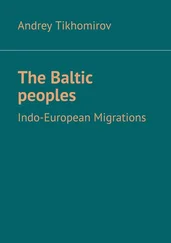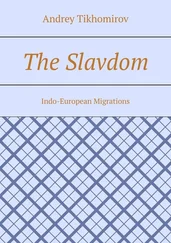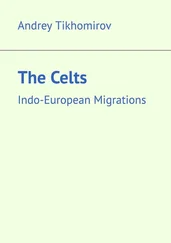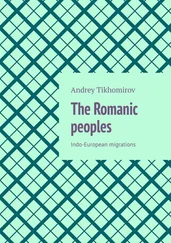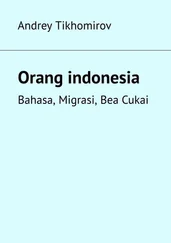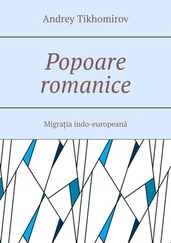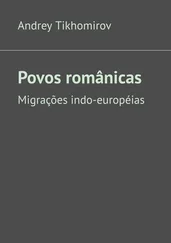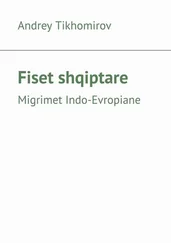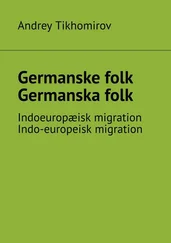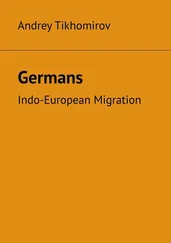But whatever it was, the gradual warming caused the melting of glaciers that receded North, the earth has begun to awaken to life, there were young shoots of plants, their fun was eating the animals that migrated together with the melting of the glaciers. After the animals moved and primitive hunters who hunted migratory animals.
Renowned Indian social activist and researcher Balgangadhar Tilak (1856—1920) in 1903 he wrote the book “the Arctic home in the Vedas”, where claims that the birthplace of the Indian, the Arctic, as in the ancient Vedic literature describes the territory, where six months day and six months night. In Rigveda, God Indra “supports the sky and the earth as the wheel of the wagon is supported by the axis” and rotates the “distant sphere as the wheel of the wagon”. If we combine these two indications that the sky is supported on an axis and moves like a wheel, we will clearly see that the described movement is correlated only with the heavenly hemisphere, which can be observed only at the North pole. In Rigveda (I. 24.10) the constellation of The great bear is described as high-standing, which indicates a position visible only in the circumpolar region. The assertion that day and night of the gods last for 6 months, is extremely widespread in ancient Indian literature. Mount Meru is recognized by our astronomers as the earth’s North pole. “To the Extent the gods see the sun after its one-time ascent along its path, equal to half of its circulation around the earth.”
Ancient authors called Ural – Licos, (which in Greek means “wolf”, here were the wolves, as the expression “Tambov wolf is your comrade”, near Tambov in the recent time there were many wolves), Ptolemy – II century AD – Daiks – 568, – Day, Ibn Fadlan is 921—922 – Jaik, al-Idrisi – in 1154 – Ruza (Finno-Ugric name connected, apparently, with the ancient Hungarian tribes, wandering in these places), Russian chronicle – 1229 – Yaik, Rubruk, Willem – 1253 – Yagak, N. and M. Polo – 1265 – Agat, Ibn Battuta, 1333 The ulus (which in Turkic languages means tribal Association in a particular area, at this time there are placed dependent territory of the “Golden Horde”), the Map of Muscovy by S. Herberstein in 1549 – Yaik, C. H., Jalairi – 1592 – Yaik, “the Book of big drawing” – 1627 – Yaik, Russian sources – XVII – XVIII – Nearby river (river, located in the steppes), Catherine II signed the Decree about renaming of the river – 1775 – Ural (after the uprising of Pugachev).
Fantastic version claims that the Hyperboreans lived at the North pole, in the middle of a continent (Arcita) was the inner Hyperborean sea, the Great Revolving of the lake, there was a giant trench earthly crust, the depth exceeding the modern Mariana. The Arctic was “designed” to prevent the formation of a dangerous ice cap. But then there was a flood, associated with disproportionately sprawling glaciers on the South Pole and there was a world catastrophe.
Scientific research in recent years shows that 4.5 billion years the Earth has appeared in almost modern form and since then has not changed its original appearance. With the help of radioisotope analysis, scientists found that the continental crust, which differs from its structure and thickness located under the oceans, was formed 4.4 – 4.5 billion years ago, i.e. almost immediately after the birth of the planet. It may be necessary to rewrite the history of human civilizations, which were previously considered absolutely fantastic. According to modern scientific theories oxygen appeared in the atmosphere of the Earth about 2,4 billion years ago, and 600 million years ago its content in the atmosphere sharply increased and approached to the modern level.
In ancient Paleolithic times similar culture existed in the Altai, Northern Caucasus, Siberia, in the foothills of the Ural (Chusovaya river, according to one version, the birthplace of Zoroaster), the Irtysh river, etc. Ancient original culture of the Paleolithic, traces of which are found on all space of Northern Asia, originated somewhere in Central Asia, most likely in Northern Mongolia, where most found its remains, and then spread from there to the South-East to the yellow river to the North, in Yakutia and on the West to the Ural, and also towards the upper reaches of the Irtysh. It is permissible to assume that towards the ancient tribes of Asia, gradually moving in separate groups from East to West, moving other groups, maybe even ahead of them off the coast of Lake Baikal at the end of the Solutrean and early Madeleine time.
As well as Mesolithic tribes in the North of Western Europe, inhabitants of Ural region and the areas adjacent to it existed at this time hunting for wild animals and birds, and also fishing in lakes and rivers. On the ground of their settlements left many implements of bone and horn working the simple economic needs of hunters and fishermen. Forms of these products are so similar to those found in the North-West of Russia, Karelia, partly in Finland, Estonia and Latvia, that leave no doubt in the presence of ties between the tribes, inhabited all this vast space from the Ural to the shores of the Baltic sea.
While the glaciers of the last glaciation were slowly disappearing in Northern Europe and climate stages were gradually changing, there were no such sharp fluctuations in natural conditions in the southern regions of Western Europe. The most significant event here was the change of the harsh climate of the late glacial time, first relatively warmer and drier, and then a humid forest climate.
In the Ural were discovered Neolithic monuments of the IV millennium BC, which belonged to the tribes of hunters and fishermen who began to produce pottery. Pile – type structures are also developing in the Ural, the remains of which are found everywhere-in Northern Italy, southern Germany, the Balkans, Northern Europe, Switzerland, Northern Russia and other territories. Houses stood on stilts, carved and sharpened hundreds or thousands of trees driven into the marshy soil. Remember the Russian fairy tale, which tells about the hut on chicken legs – the figurative name of a wooden frame, which in the old days to protect them from rotting, put it on the stumps with chopped off roots and fumigated with smoke from insects. One of the wooden churches in old Moscow, put, in view of the heating space, such hemp, called “Nicola on chicken legs”, from the Slavic word “Smoking”, which originally meant the burning of aromatic resins or mixtures as the victim and the incense mixture.
Steppe spaces between the Dnieper and Ural rivers “in the first half of the III millennium were inhabited by tribes that were engaged in hunting and fishing and left mounds in the steppe expanses of the Volga and the don, in left-Bank Ukraine, on the Dnieper. Under these mounds find burials in ordinary ground pits. In the “pit” mounds of later origin were found bones of domestic animals, the remains of wagons-signs indicating the beginning of cattle, as well as individual crafts made of copper.
A new rise in the development of tribes living in the Russian South during the Eneolithic period is represented by the so-called catacomb mounds in the steppes between the Volga and the Dnieper. At this time there lived tribes that are closely related to the North Caucasus. They perceived the achievements of Caucasian tribes in copper metallurgy, agriculture and cattle breeding. These tribes appeared to have formed several associations that differed to a certain extent from each other in the details of their culture. Thus it can be seen that the catacomb burials occur in the East in more ancient times than in the West.
It can be argued that the tribes who left catacomb burials spread from East to West during the III Millennium BC In the West they came into conflict with the Tripoli tribes, pushed them back and Middle Dnieper and penetrated to Poland, where you can also find burial, in which ceramics found close to the pottery characteristic of catacomb burial mounds in the Northern Caucasus.
Читать дальше

